As finance ministers and central bankers meet under the IMF-World Bank umbrella, the most consequential debates will happen offstage: how to handle China’s slowdown and creditor clout, how Washington wants the Fund to operate, and how to keep Ukraine funded for a long war. The outcomes won’t grab headlines, but they will shape borrowing costs, debt workouts, and the flow of aid that affects millions of households far from the conference hall.
Shifts in a system built for another era
The IMF and World Bank were created in the 1940s to stabilize economies and rebuild after war. Eight decades later, they are trying to adapt to a world that is more multipolar, more indebted, and more climate-stressed. The World Bank under President Ajay Banga has been tweaking its balance sheet and risk rules to lend tens of billions more over the next decade, with an eye to climate, pandemics, and disaster response. The IMF’s members have agreed to boost its core resources, while preserving the current voting balance, even as many emerging economies press for governance reforms that better reflect today’s economic weight.
Inside the meetings, that tension between evolution and continuity is what many delegates will be wrestling with. Rich countries want the institutions to stay fast, technocratic, and financially conservative. Borrowers want faster, fairer debt restructurings, more concessional finance, and fewer conditions that squeeze social spending. The result is a rolling negotiation over what these institutions do, who they serve, and who gets to steer them.
China’s slowdown and creditor role
China looms over both the economic outlook and debt talks. Its property slump, weak consumer confidence, and demographic headwinds have cooled growth from the breakneck pace of the past, with the IMF projecting slower expansion than a decade ago. That matters well beyond Beijing. For commodity exporters in Africa and Latin America, softer Chinese demand can mean lower export earnings and tighter budgets. For manufacturers from Southeast Asia to Europe, it complicates supply chains and investment plans already strained by trade restrictions and geopolitical frictions.
China is also now one of the world’s largest official creditors. That puts it at the center of efforts to fix slow-moving debt restructurings for countries in distress. Zambia’s multi-year workout, which required hard coordination among China, Paris Club creditors, and private bondholders, became a test case. Progress there and in Sri Lanka has shown that deals can be struck, but they still take too long and uncertainty hurts ordinary people first—through currency slides, inflation, and cuts to basic services. Expect quiet pressure in the meetings to speed up the Group of 20’s “Common Framework” and to give borrowers clearer timelines so school budgets and hospital payrolls aren’t the collateral damage of prolonged talks.
Washington’s influence and the IMF’s future
Another closed-door thread is how the United States wants the IMF to operate. The U.S. remains the Fund’s single largest shareholder, and its support was critical to a recent increase in IMF quota resources. Washington has backed efforts to rechannel special drawing rights to low-income countries and to the IMF’s climate-related Resilience and Sustainability Trust. But it has also signaled caution on big changes to voting power or leadership norms that would dilute its influence.
Two policy debates are likely to surface. The first is whether the IMF should change its surcharge policy—the extra fees large borrowers pay when they tap the Fund heavily or for extended periods. Emerging markets argue those charges drain scarce resources when budgets are already fragile; IMF management has thus far kept the policy largely intact. The second is how far the Fund should go in supporting countries undertaking ambitious energy transitions or climate resilience plans, which often require reforms that touch politically sensitive sectors. The balance the IMF strikes—between safeguarding its balance sheet and giving countries room to invest—will filter through to how fast new renewable projects get built and whether vulnerable communities are protected as economies adjust.
Ukraine’s financing lifeline
Ukraine’s war economy is an ongoing stress test for the system. An IMF program approved in 2023 has been disbursing in tranches, contingent on reforms and fiscal targets, while the World Bank and European partners have supplied budget support to keep schools open, pensions paid, and damaged infrastructure repaired. With the war grinding on, the financing needs are still large and recurring. For Kyiv, predictable funding is the difference between maintaining basic services and facing painful cuts that would erode social cohesion. For donors, the question is how to share the load and sequence reconstruction financing alongside immediate budget support.
This isn’t just an accounting exercise. On the ground, it determines whether local clinics stay stocked with medicines, whether municipalities can fix power lines before winter, and whether businesses can access credit to keep people employed. The IMF’s assessments of Ukraine’s reform progress and debt sustainability guide not only future disbursements but also private investors’ risk perceptions, which affects the pace of recovery in areas away from the front lines.
Why households feel the ripple effects
These meetings can seem remote, but the choices made there show up in everyday life. When the IMF downgrades the growth outlook or flags financial risks, it can nudge investors to be more cautious, which tightens financing for governments and companies. When debt restructurings drag on, the cost is often paid by families through higher prices and fewer public services. And when the World Bank reforms unlock more climate finance, communities on floodplains or in drought-prone regions may get earlier access to resilient infrastructure that saves livelihoods.
The China debate also touches kitchen-table issues. A slower China often means cheaper imported goods but fewer jobs tied to commodity booms in exporting countries. Trade tensions and industrial policies in major economies can redirect investment, creating openings for some countries while sidelining others. The IMF and World Bank can help countries navigate those shifts with policy advice and financing, but their tools work best when governments use the breathing room to strengthen safety nets, improve tax systems, and invest in people.
Signals to watch next
What to look for after the communiqués are published is less the rhetoric than the mechanics. If there is movement on accelerating debt restructurings, countries like Ghana and Ethiopia could see faster relief and clearer budget planning. If IMF shareholders inch toward revisiting governance and surcharges, large borrowers will feel it immediately in their financing costs. If the World Bank’s balance sheet changes translate into more concrete guarantees and hybrid capital deals, private money could start to flow into climate and infrastructure projects that have sat on the shelf.
None of this will be decided in a single meeting, but the direction of travel matters. The Bretton Woods institutions are under pressure to be nimbler without losing their credibility. How they manage China’s changing role, Washington’s preferences, and Ukraine’s needs will tell us whether they can adapt to a riskier world while keeping the focus where it belongs: on helping countries protect people and opportunity when the economic weather turns rough.


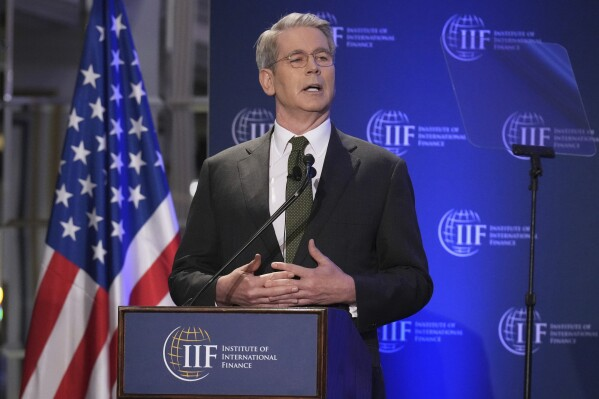

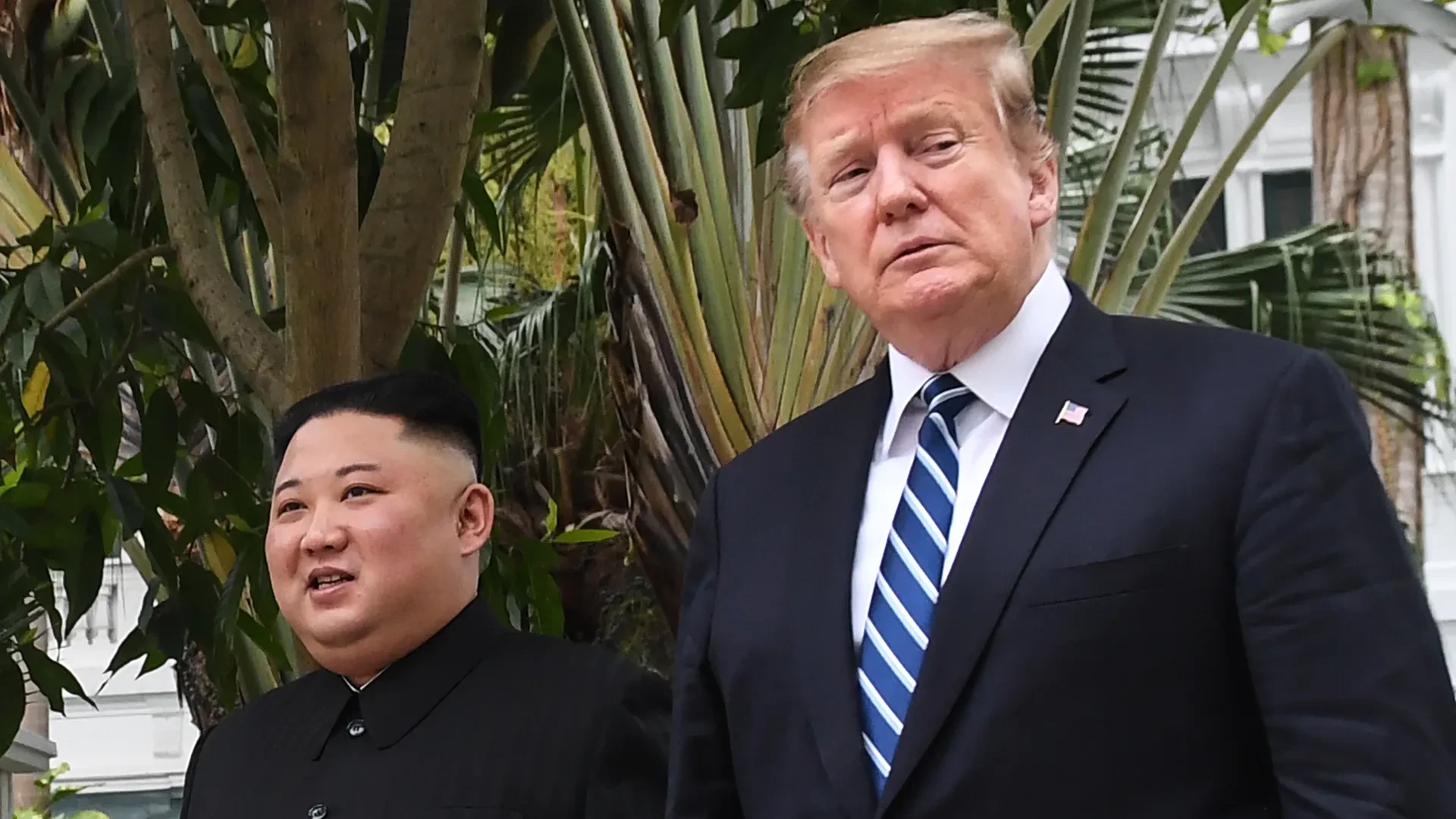

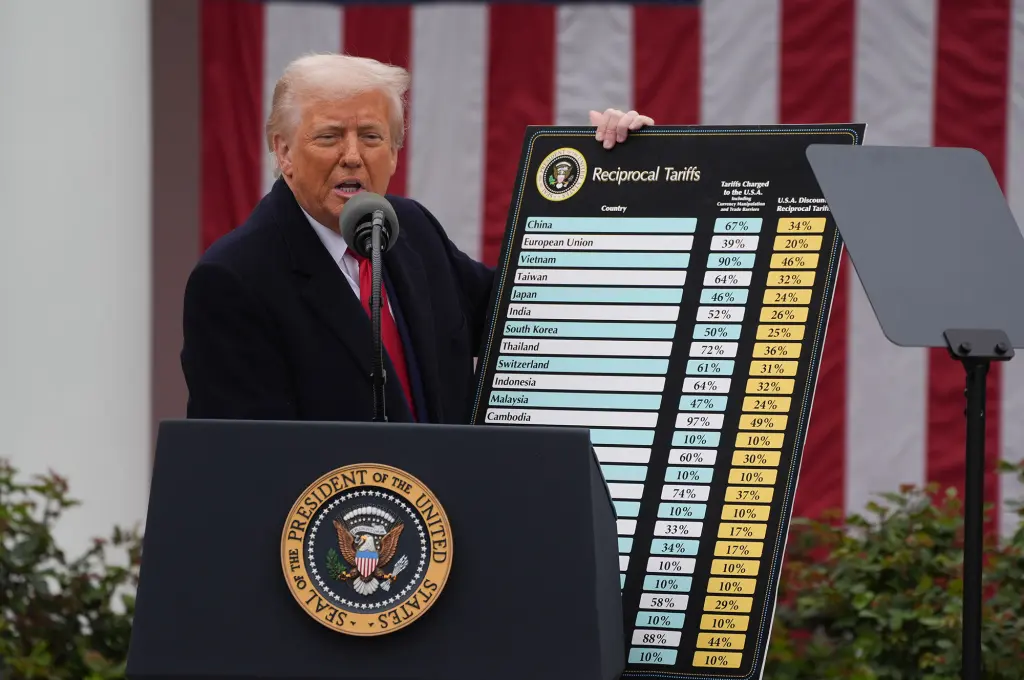

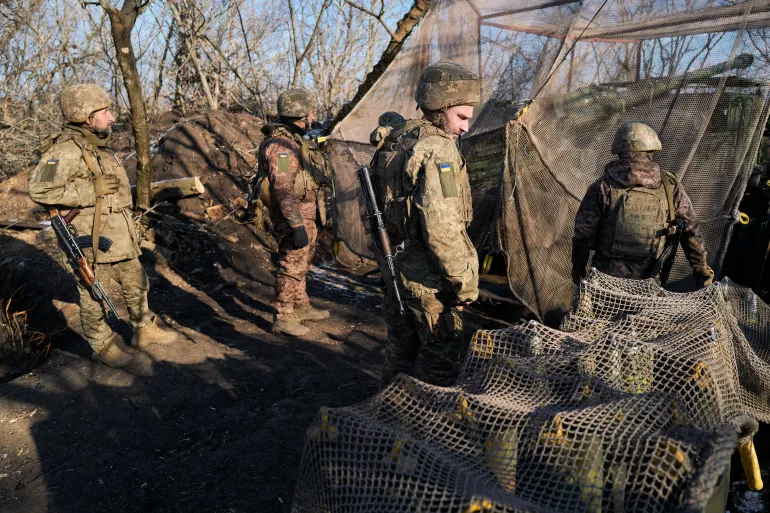

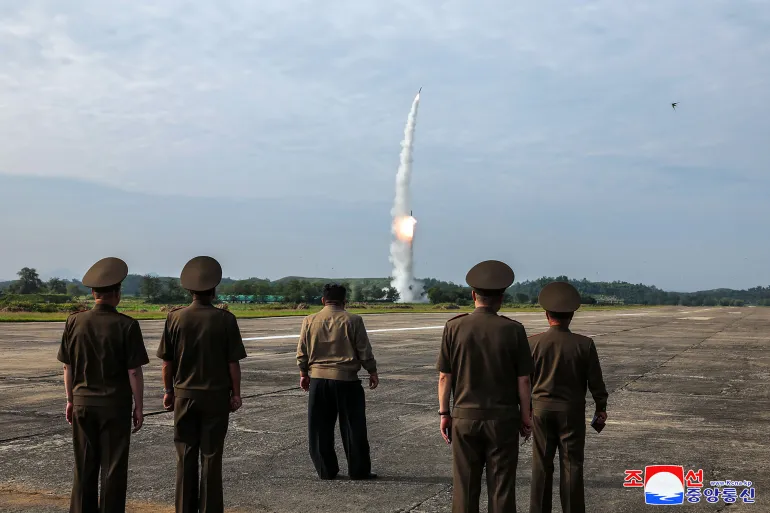


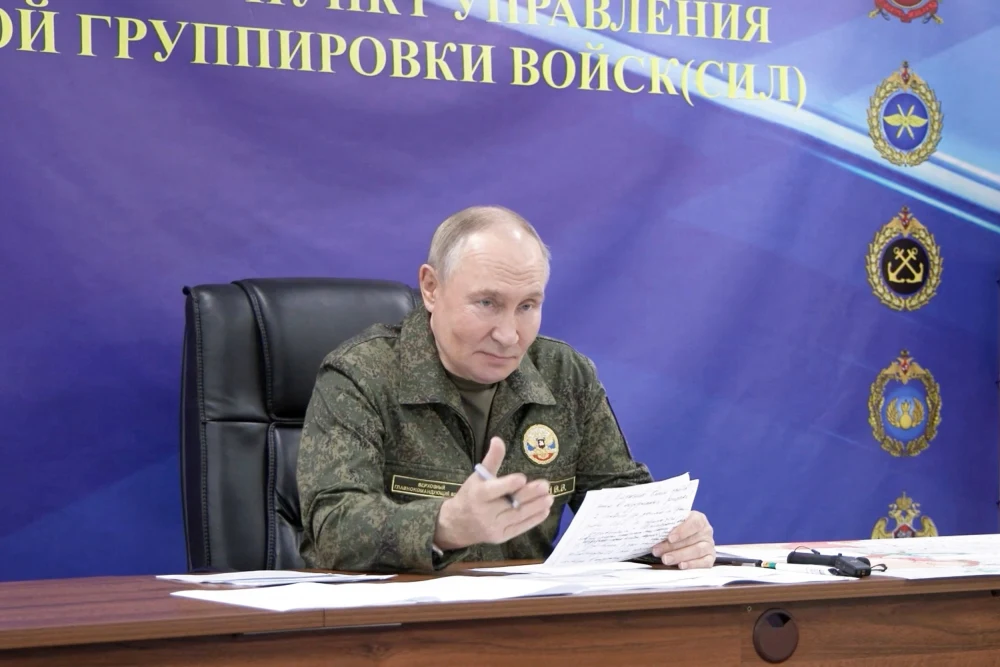
Discussion